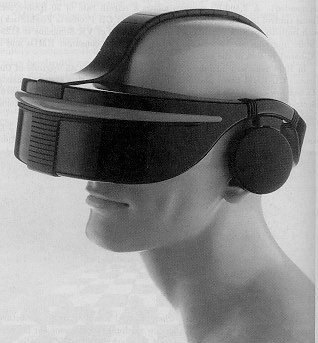Yesterday morning Venice awoke in the middle of a snowstorm. It is a very rare phenomenon to see snow in sizable amounts in the island, and the times that I have seen four inches build up on the ground are probably no more than a handful.
But the morning was also marked by another phenomenon -less unusual, but still rare: a strong acqua alta. The sea rose to 1.15 meters above its average level, and flooded calli and campi with up to ten inches of water.
This morning LHC machinists, experimentalists from the LHC experiments, as well as other CERN personnel gathered in the Main Auditorium at CERN to give their end-of-year report. After a LHC status report the spokespersons of ALICE, ATLAS, CMS, LHCB, and TOTEM briefly flashed their first experimental results, obtained from 900 GeV and 2.36 TeV collisions acquired in the course of the last three weeks.
The signature of large missing energy and jets is arguably one of the most important avenues for the study of potential new physics signatures at today's hadron colliders.
The above concept marks an interesting turn of events: the years of the glorification of charged leptons as the single most important tools for the discovery of rare production processes appears behind us. The W and Z discovery in 1983 by UA1 at CERN, or the top quark discovery by CDF and DZERO in 1995 at Fermilab, would have been impossible without the precise and clean detection of electrons and muons. However, with time we have understood that missing energy may be a more powerful tool for new discoveries.

Be sure about one thing: in my very humble opinion it is not like Berlusconi would not deserve some kind of punishment, for the damage he has caused to my country. But violence is not the way.
Yesterday's attack to the Italian premier by a deranged person with mental problems would not deserve much commentary, were it not for what really brought the hand of the assailer up and forward. There is, indeed, a climate of hatred in Italy these days. But who is responsible for it ? And what can we expect next ?
People who like sausage and people who trust 3-sigma peaks should not ask how these are made.
T.D.
Tomorrow I will be packing up and leaving CERN to fly back home, after a quite eventful, productive, extenuating, exhilarating week. The reason for my coming to Geneva was the CMS week, an event that takes place four times a year, and where a good fraction of the members of our 2400-strong collaboration gather to listen to updates of the experiment, the detector, the analyses, and to discuss rules, appointments, organizational issues.
 Living At The Polar Circle
Living At The Polar Circle Conferences Good And Bad, In A Profit-Driven Society
Conferences Good And Bad, In A Profit-Driven Society USERN: 10 Years Of Non-Profit Action Supporting Science Education And Research
USERN: 10 Years Of Non-Profit Action Supporting Science Education And Research Baby Steps In The Reinforcement Learning World
Baby Steps In The Reinforcement Learning World










